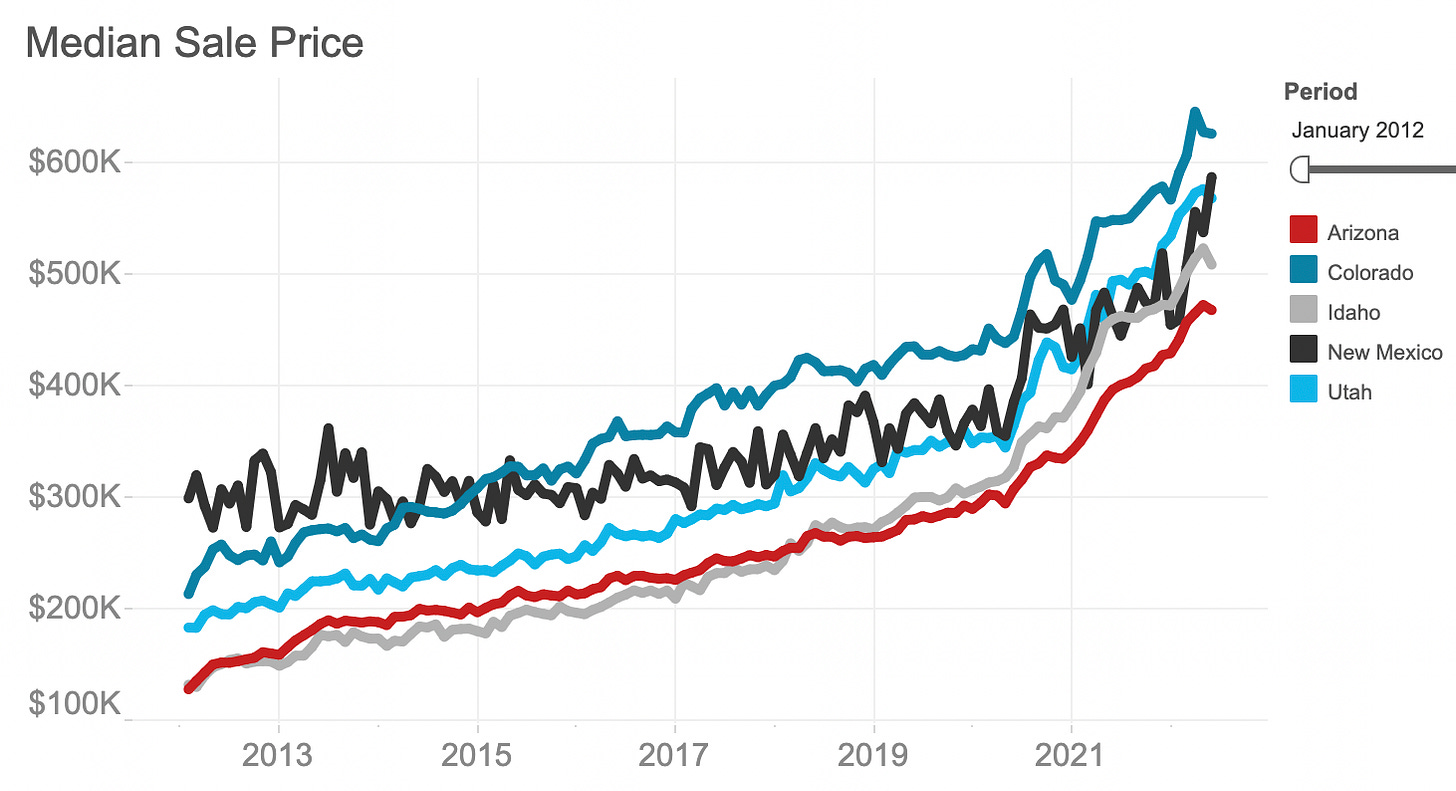Data Dump: Housing crisis drags on
Plus: O&G watch and a picture of a raven

Earlier this summer, while strolling into Albertson’s in Durango to buy a couple pints of Ben & Jerry’s, I noticed a Help Wanted sign on the door: They were looking for staffers and would pay $16 per hour to start. Woah! I said to my friends. Sixteen bucks. Not bad. It’s about time employers are …
Keep reading with a 7-day free trial
Subscribe to The Land Desk to keep reading this post and get 7 days of free access to the full post archives.

